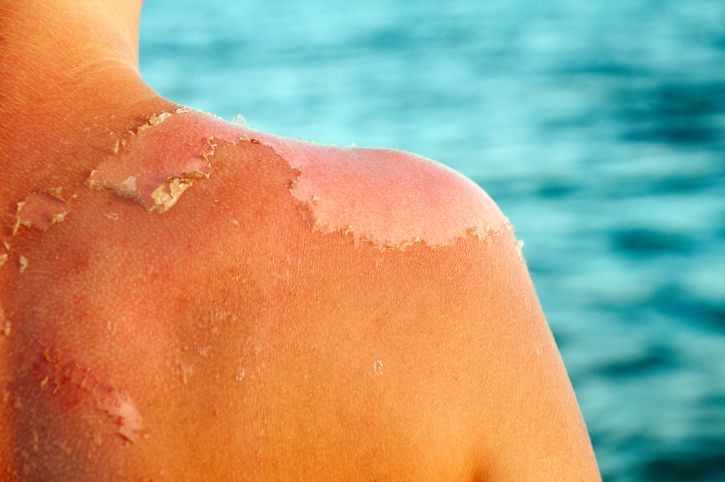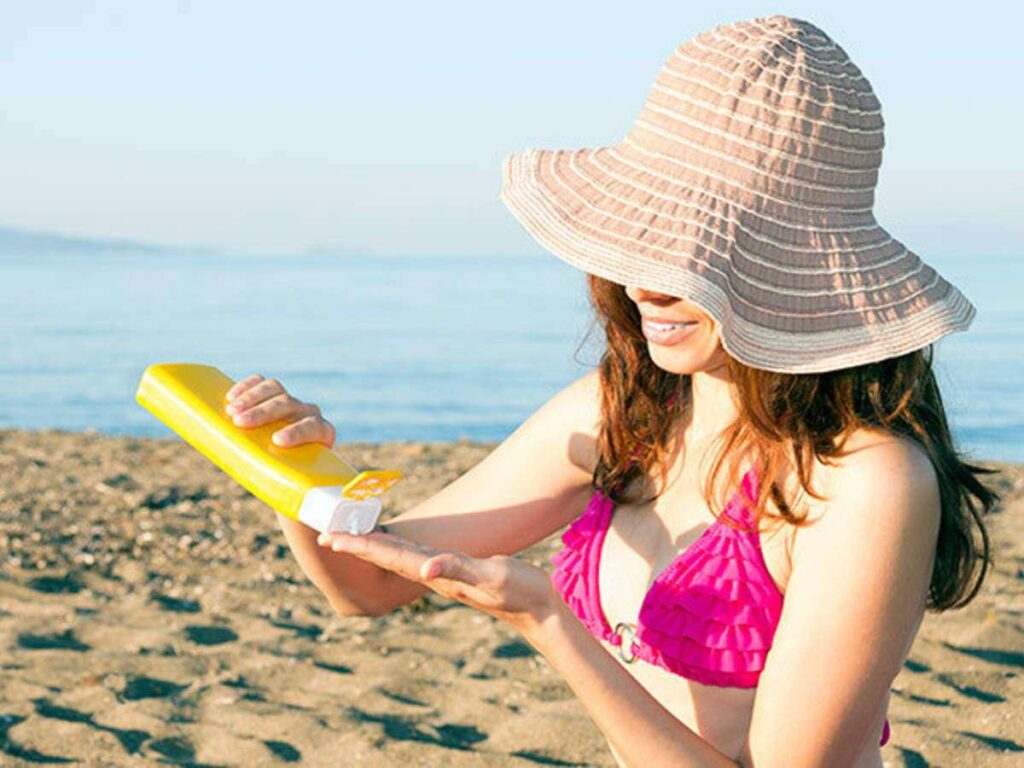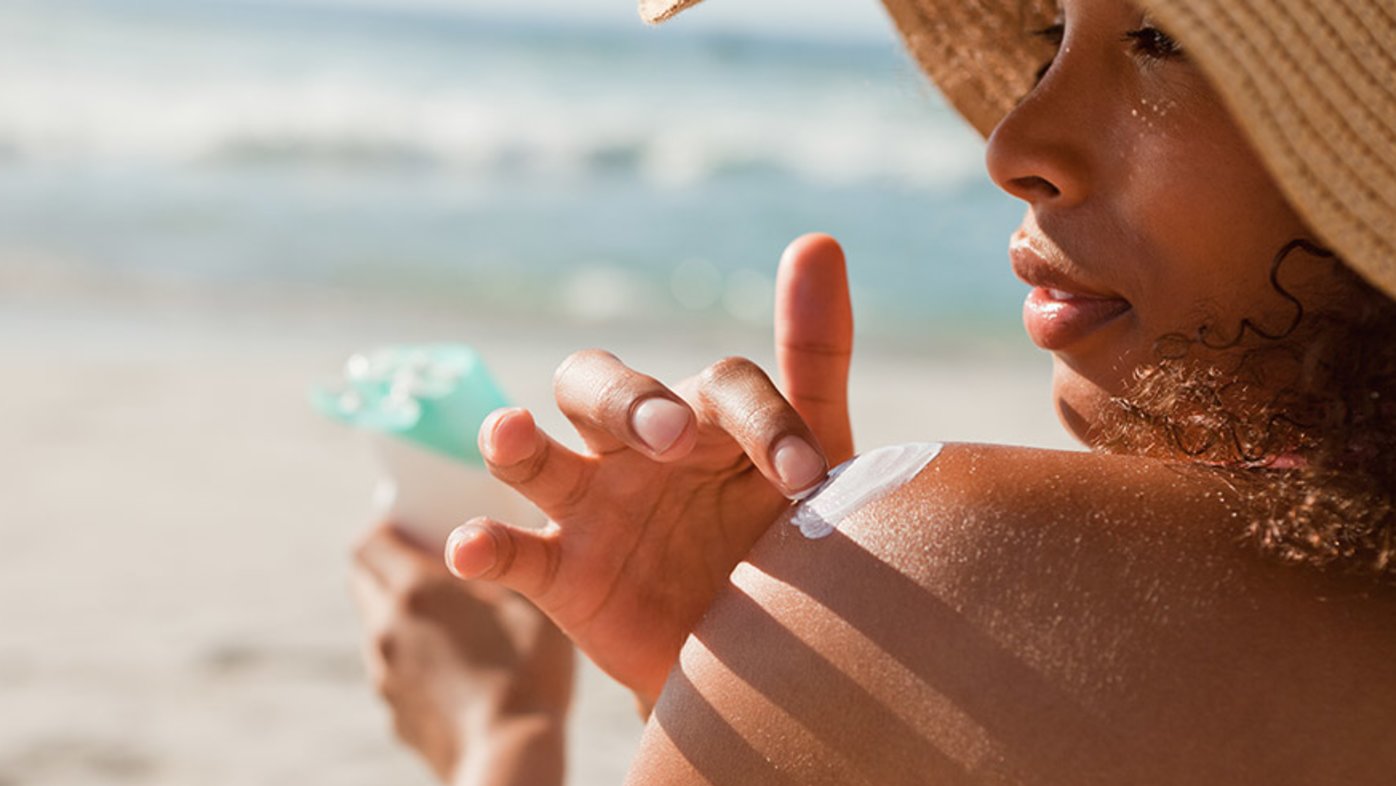Excessive exposure to sunlight can result in sunburn, a leading factor in various skin cancers like basal cell carcinoma, squamous cell carcinoma, and melanoma. The sun emits ultraviolet (UV) light, which penetrates the skin, causing alterations that lead to burns and can accelerate skin aging. There are three types of UV light—UVA, UVB, and UVC—each with distinct wavelengths and effects on the skin. To prevent sunburn, individuals can minimize UV exposure and protect their skin.
Is it possible to get Sunburn on a Cloudy day?
Even on cloudy days, the sun emits UV light that can penetrate clouds and cause sunburn. Despite cloud cover reducing overall UV exposure, over 90% of UV rays can still pass through light clouds, posing a risk of sunburn. Clouds can even enhance UV levels through scattering, with different surfaces reflecting varying amounts of UV radiation. For instance, grass, soil, and water reflect less than 10% of UV radiation, while sands reflect about 15%, seafoam about 25%, and fresh snow nearly doubles UV exposure.
Risk factors for sunburn
Factors that increase the risk of sunburn include:
- Fair skin
- Light-colored eyes, such as blue or green
- Light hair colors, such as blond, red, or light brown
- Nonsteroidal anti-inflammatory drugs
- Use of retinoids
- Residence in tropical or subtropical climates
- High altitude locations
- Medications that heighten skin sensitivity to light, like St. John’s wort
- Medications such as tetracyclines, thiazide diuretics, sulfonamides, and fluoroquinolones
What are the Signs of Sunburn?
Sunburn can manifest in individuals of all skin tones with symptoms such as:
- Peeling of the skin
- Sensation of warmth or heat
- Itching
- Increased sensitivity to touch
- Potential blistering
- Pain
- Irritation

These symptoms typically emerge around 4 hours after sun exposure, peak in severity within 24 to 36 hours, and generally subside within 3 to 5 days. Sunburn is more readily apparent in lighter skin tones, often appearing as redness and inflammation. However, detecting sunburn’s subtler signs of redness or pinkness may be more challenging in People of Color.
During the healing process, the affected skin may peel. Proper skin care during this period is crucial, although the sunburn itself typically resolves within a few days.
How to stay Protected from Sunburn
There are numerous strategies individuals can employ to shield their skin, minimize UV exposure, and prevent sunburn.
The American Cancer Society suggests:
- Avoiding outdoor activities during peak UV hours, typically between 10 a.m. and 4 p.m.
- Using sunscreen
- Wearing clothing that effectively covers the skin
- Wearing sunglasses designed to block UV rays
- Donning a wide-brimmed hat, ideally with a brim of 2–3 inches
- Considering clothing with ultraviolet protection factor (UPF) to further shield against rays

The American Academy of Dermatology Association (AAD) recommends selecting a broad-spectrum sunscreen that is water resistant for 40–80 minutes and has a sun protection factor of 30 or higher.
It’s essential to apply an adequate amount of sunscreen to exposed areas of the body. The AAD suggests approximately 1 ounce, roughly equivalent to one shot glass, to cover the entire body.
Applying sunscreen about 15 minutes before going outside allows the skin to absorb the product effectively. However, not all sunscreens are waterproof or sweatproof. Regardless of sun protection factor, it’s crucial to reapply sunscreen every 2 hours.
Ensuring coverage of commonly overlooked areas, such as the top of the ears, back of the neck, part line of the scalp, top of the feet, and behind the knees, is also important.
RELATED: Flavored Waxing Vs. Normal Waxing: Which is a Better Choice?
Bottom Line
UV radiation has the ability to penetrate through clouds, which means individuals can still be susceptible to sunburn even on cloudy or overcast days.
